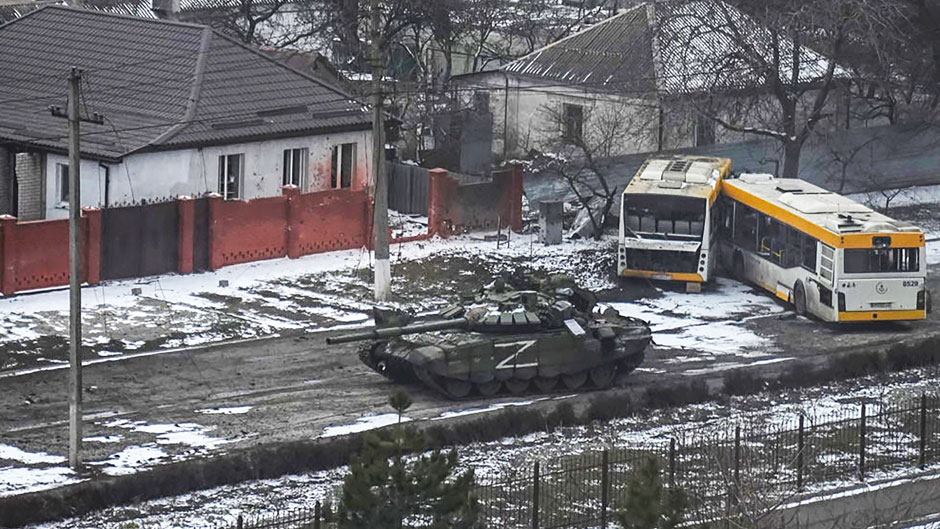When the world’s athletes enter the Olympic stadium following the flags of their respective countries, everyone can feel the pride they have for that flag. Each flag is a symbol of their homeland.
Symbols carry a great deal of meaning and for many they evoke strong emotions.
“The symbol has a certain capacity for making something real and it is not just a matter of reflecting that concept, it means that the concept is brought to life in a new way,” said Caleb Everett, professor of anthropology and senior associate dean for academic affairs in the University of Miami College of Arts and Sciences. Everett’s research centers on numbers, which are also symbols.
“Symbols are powerful because they unify,” said Dina Moulioukova, lecturer in the Department of International Studies. “They provide a story, and images are very powerful and do not need context or explanation. “
For thousands of years, symbols have been used to unify as well as divide societies.
Most recently in the ongoing war between Russia and Ukraine, the letter “Z” has been spotted on Russian tanks, on buildings, and even in posters carried by Russians supporting the war.
Everyone agrees that it is being used by those who support the invasion, but there is no clear explanation of how it originated.
“There is no consensus as to what it means,” said Moulioukova. “To some extent it has become the symbol, ironically, for freedom and victory. The way that it is being framed is that the Russian forces are actually freeing Ukrainians from the western encroachment on Ukrainian interests.”
That interpretation can be gleaned if the “Z” (which is not part of the Cyrillic alphabet used by the Russians) were to stand for “Za svobodu,” which translates as “for freedom,” and “Za pobedu,” which stands for “victory,” she said.
But no matter what the origin, Moulioukova said that she believes a large segment of the Russian population has embraced the symbol as a unifying force in the war effort.
“In a way it symbolizes a fight, a revenge against the West,” she said, adding that Russian President Vladimir Putin has repeated his message that this conflict is to preserve the values of the East (Russia) against the West (U.S. and the European Union).
“Putin has been very consistent in his message on Russia’s conflict with the West and he has been saying the same things over and over again,” she said. Putin has said that the invasion, which he calls a military operation, was carried out to rid Ukraine of a neo-Nazi movement that threatens the people of Ukraine, many of whom are of Russian origin.
“Symbols have been used to bring together patriotic fervor throughout history,” Everett said. “They are very compelling and sadly that is why the Nazis and many others focused so much on the use of symbology. They recognized the power of those symbols.”
The most prominent symbol used by the Nazis, the swastika was adopted by German dictator Adolf Hitler. It is an emblem of fascism but was actually an ancient symbol used by many cultures.
Everett remembers as a child visiting a Buddhist temple in Japan and seeing a swastika.
“It dawned on me then, something that now seems pretty obvious, that this was a symbol the Nazis had not invented but had co-opted and that even benign symbols can come to be used for malevolent purposes,” Everett said. “The most ancient symbols were actually numeric based.
“Numbers seem to be the first symbols we have if you look at archeological records,” he pointed out. Some cultures used tally sticks carved out of wood or stone as a counting device to follow the lunar cycle.
Places like Mesopotamia, Central America, and the Far East are where writing systems developed independently of each other. The earliest examples of these writing systems are numerically focused.
With time, colors also became powerful elements in symbols. The Nazis made the Jewish prisoners in concentration camps wear different colored badges according to their designations. All Jews had to wear a yellow Star of David on their uniforms, a convicted criminal wore green, purple was for Jehovah’s Witnesses, and pink was for gay people.
The colors of a flag have an emotional connotation and help make and enforce that national identity, Everett said. For example, he noted, in the U.S. the red, white, and blue evoke a special meaning for most U.S citizens.
“Someone in Hialeah and in suburban Portland may have very diverse existences but may have a joint appreciation of red, white, and blue, since to some these colors help concretize a national identity.” he said.

